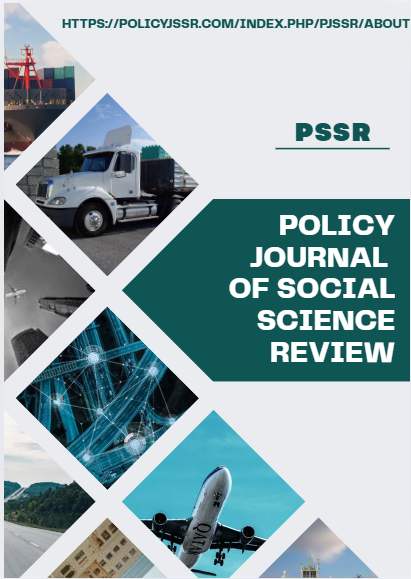PLACEMAKING FOR CONNECTING COMMUNITIES
Abstract
The urban planning paradigm globally has undergone a significant shift. Considerations for ‘smart growth’ are leading to innovations in design of buildings that have a minimal or zero carbon footprint and smart transportation options. While technology has an important role to play in green building design and smart forms of transportation, it is also being used to make cities and people more ‘connected’ and ‘integrated’ and Information and Communication Technology (ICT) is being leveraged to make cities more inclusive. ICT tools are providing citizens with greater and speedier access to information and are catalyzing greater civic mobilization. The project that forms the basis of this Paper finds an interesting interface between ‘public space design’, a critical feature of a ‘smart and green city’ and use of ICT tools with the merger to lead to the development of a greater social capital, economic vibrancy and environmental improvement. The project has aimed to target a number of aspects critical to the emerging understanding of public space design and are presently not finding a apace within the urban discourse here in our city and country. These include identifying ‘passive’ spaces, creating an ‘identity’ of the space, using the space design to promote building a ‘social capital’, design a space having a profile of ‘inclusivity’ and having a ‘smart’, ‘technology’ based interface created between the space and ICT options.
Keywords: Component, Formatting, Style, Styling, Insert





